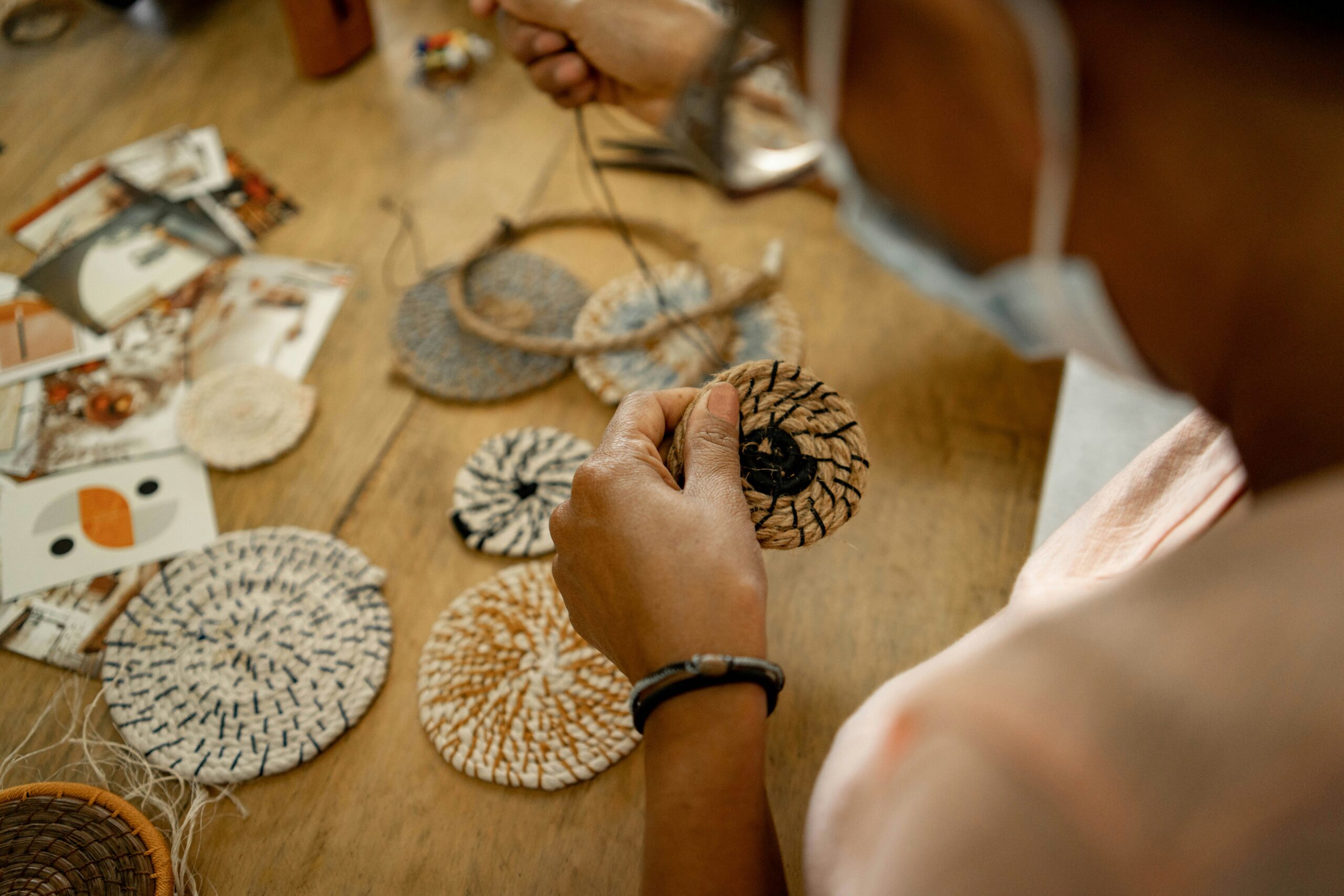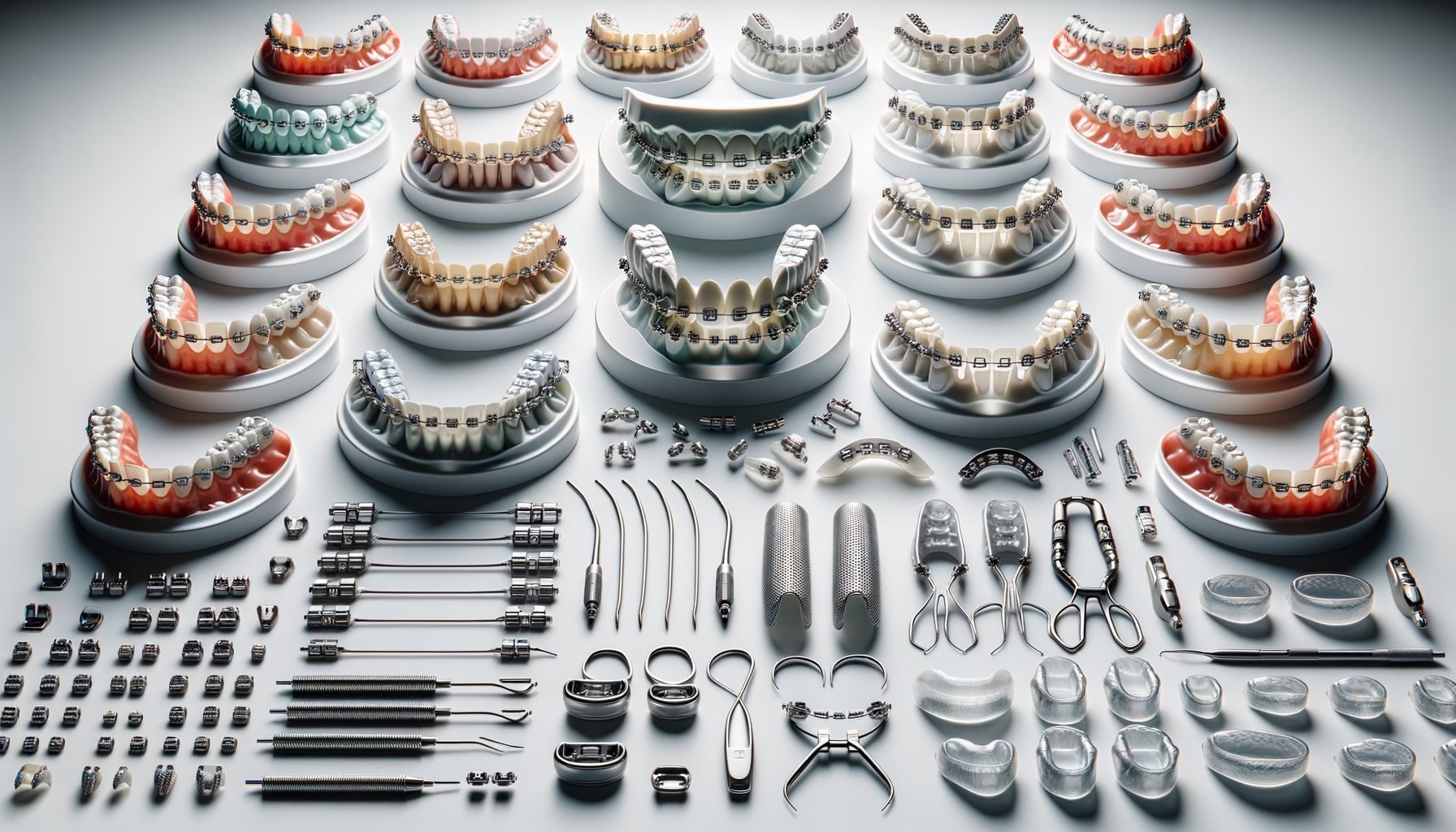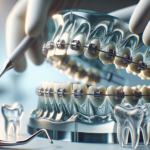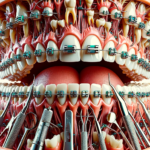The Role of Braces in Modern Dentistry
Braces have long been a cornerstone of orthodontic treatment, playing a pivotal role in aligning teeth and improving oral health. In the UK, the availability and variety of braces have expanded, offering patients a range of options tailored to their specific needs. Braces work by applying continuous pressure over time to slowly move teeth in a specific direction. As the teeth move, the bone changes shape to accommodate the new position. This process is not only about aesthetics; it’s crucial for correcting bite issues, which can lead to more serious dental problems if left untreated.
There are several types of braces available today, including:
- Traditional metal braces: Known for their durability and effectiveness, these are a common choice for children and teenagers.
- Ceramic braces: These are similar to metal braces but are less noticeable because they are made of a clear material.
- Lingual braces: Positioned behind the teeth, these braces are hidden from view, making them a popular choice for adults concerned about aesthetics.
- Clear aligners: A modern alternative to traditional braces, these are removable and almost invisible, offering convenience and discretion.
Each type of brace has its advantages, and the choice often depends on the individual’s dental condition, lifestyle, and budget. Consulting with an orthodontist can help determine the most suitable option.
Understanding Dental Splints and Their Applications
Dental splints are another essential tool in modern dentistry, primarily used to address issues related to the jaw and temporomandibular joint (TMJ). Unlike braces, which focus on teeth alignment, splints are designed to stabilize and protect the jaw. They are often recommended for patients who suffer from bruxism (teeth grinding), TMJ disorders, or after certain dental surgeries.
The primary types of dental splints include:
- Stabilization splints: These are used to prevent teeth grinding and clenching, providing relief from associated symptoms like headaches and jaw pain.
- Repositioning splints: Designed to move the jaw into a new position, they are often used in the treatment of TMJ disorders.
- Occlusal splints: These are custom-made to fit over the upper or lower teeth, helping to distribute the forces of grinding evenly.
Dental splints are typically made from acrylic and are custom-fitted to ensure comfort and effectiveness. They are usually worn at night, though some may be required during the day, depending on the condition being treated. Regular follow-ups with a dentist are essential to monitor progress and make necessary adjustments.
Choosing Between Braces and Splints: Factors to Consider
Deciding between braces and dental splints depends largely on the specific dental issues a patient is facing. Braces are typically recommended for those needing teeth alignment or bite correction, while splints are more suited for jaw-related problems. However, there are cases where both treatments may be necessary. For instance, a patient with misaligned teeth who also grinds their teeth at night might benefit from both braces and a stabilization splint.
Here are some factors to consider when choosing between the two:
- Diagnosis: A thorough dental examination will identify whether the issue is with teeth alignment or jaw function.
- Severity of the condition: The complexity of the dental issue will influence the treatment choice.
- Lifestyle: Considerations such as the patient’s age, occupation, and personal preferences will play a role in the decision-making process.
- Cost: Both treatments can vary significantly in price, so budget considerations are important.
Consulting with a dental professional is crucial in making an informed decision. They can provide insights into the benefits and limitations of each treatment, helping patients choose the option that best suits their needs.








